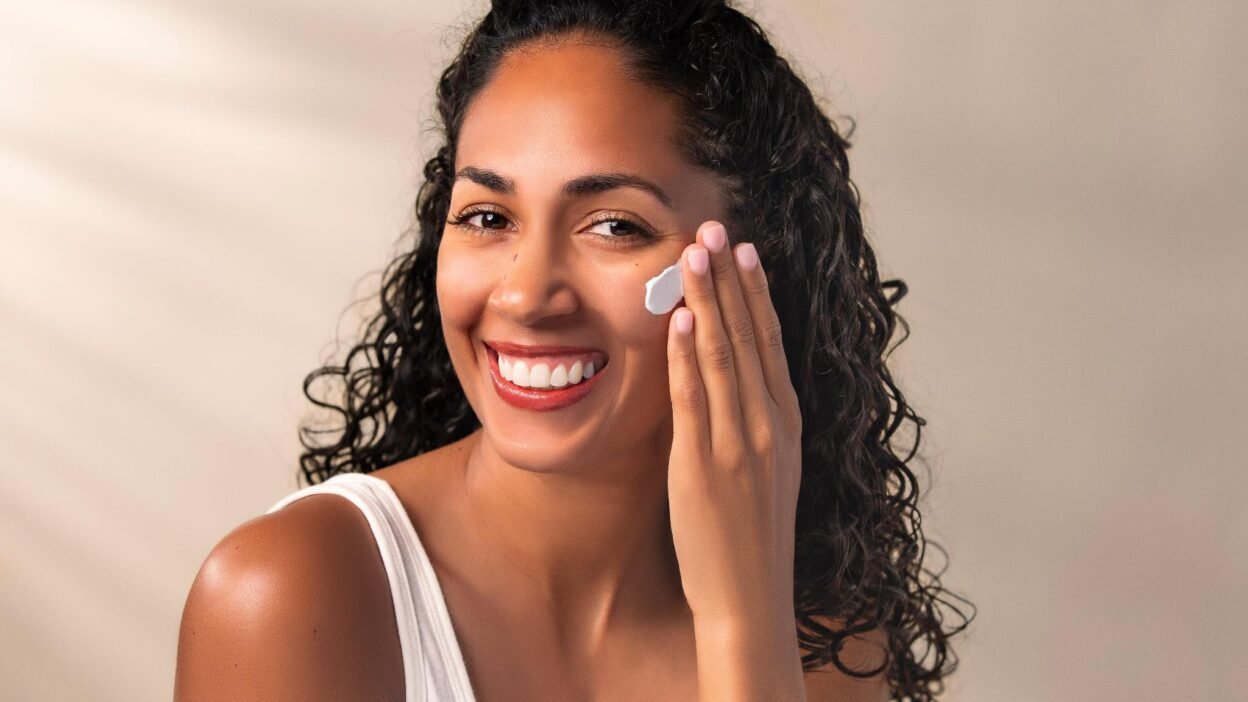The importance of protecting one’s skin from the harmful effects of ultraviolet (UV) radiation cannot be overstated. Prolonged exposure to the sun without adequate protection can lead to a host of skin problems, including premature aging, sunburns, and increased risk of skin cancer. This is particularly true for the delicate skin on one’s face, which is consistently exposed to the elements. As such, finding the right sunscreen for face is critical in maintaining healthy skin and preventing long-term damage.
Understanding UVA and UVB Protection
There are two main types of UV rays that can damage your skin — UVA and UVB. UVA rays penetrate deeply into the skin, leading to signs of aging such as wrinkles and loss of elasticity. UVB rays, on the other hand, cause the skin to burn and contribute to the development of skin cancer. An effective facial sunscreen should provide broad-spectrum protection, shielding the skin from both UVA and UVB rays.
SPF Factor: What Does It Mean?
The Sun Protection Factor (SPF) is a measure of a sunscreen’s ability to prevent UVB rays from damaging the skin. A higher SPF number indicates more significant protection; however, it’s important to understand that no sunscreen can block 100% of UVB rays. An SPF 30, for example, blocks about 97% of UVB rays, while an SPF 50 blocks about 98%. For daily use, dermatologists often recommend using a sunscreen with at least SPF 30 for the face.
Choosing a Sunscreen Formulation
When selecting a sunscreen for face, the formulation is an important consideration. Options include creams, lotions, gels, sticks, and sprays. For individuals with dry skin, a cream or lotion-based sunscreen may be most beneficial, providing hydration along with protection. Those with oily or acne-prone skin might prefer gel formulations which are less likely to clog pores. Sticks are convenient for targeted application, such as around the eyes, while sprays offer easy application over a larger area.
Ingredients Matter
The active ingredients in sunscreens are divided into two categories: chemical and physical filters. Chemical filters, such as avobenzone and oxybenzone, absorb UV radiation and convert it into heat. Physical filters, like zinc oxide and titanium dioxide, reflect UV rays away from the skin. For people with sensitive skin, physical sunscreens are often recommended as they are less likely to cause irritation.
Water-Resistance and Wear
For those leading an active lifestyle or for use during sports or swimming, choosing a water-resistant sunscreen is crucial. While no sunscreen is waterproof, water-resistant products maintain their SPF level after 40 to 80 minutes of water exposure. It is vital to reapply sunscreen every two hours, or immediately after swimming or excessive sweating, regardless of the sunscreen’s water resistance.
Tinted Sunscreens and Added Benefits
Many facial sunscreens now come tinted, offering not only protection from the sun but also evening out skin tone and reducing redness. Some formulations include added skin care benefits such as antioxidants, which can help combat free radicals, or hyaluronic acid for extra hydration. These multitasking products can simplify one’s skincare routine by combining several steps into one.
Impact on Coral Reefs and Marine Life
When choosing a sunscreen for your face, it’s worth considering the environmental impact it may have, especially on coral reefs and marine life. Ingredients such as oxybenzone and octinoxate have been linked to coral bleaching. As a result, reef-safe sunscreens, which omit these ingredients, are increasingly in demand for eco-conscious consumers.
Testing on Different Skin Tones
It’s important to test sunscreen on your particular skin tone, as certain formulations may leave a white cast or may not blend well into the skin. Each individual’s skin chemistry is unique, and what works for one person may not work for another. Sample sizes or tester products are excellent ways to see how a sunscreen feels and looks on your skin before committing to a full-size product.
The Role of Sunscreen in Anti-Aging
Daily use of sunscreen on the face can not only protect against skin cancer but also plays a significant role in anti-aging efforts. By preventing damage from UV rays, sunscreen helps to keep the skin looking younger for longer by avoiding premature wrinkles and age spots.
Adapting to Skin Changes and Seasons
The skin’s needs can change with the seasons, and so too might the type of facial sunscreen that is most suitable. In the winter months, when the skin may be drier, a more hydrating product might be needed. During the summer, a lighter, more sweat-resistant formulation could be preferable.
Sun Protection Goes Beyond Sunscreen
While selecting an appropriate sunscreen for face is vital, it should be part of a broader sun protection strategy. Wearing hats, sunglasses, and seeking shade, especially during the hours of peak UV radiation (10 am to 4 pm), are all crucial elements of effective sun protection.
The Importance of Routine
For sunscreen to be most effective, it must be used consistently as part of one’s daily routine. Applying sunscreen should become as habitual as brushing one’s teeth. Regardless of whether it’s sunny or cloudy, UV rays can penetrate clouds and windows, so facial sunscreen is important every day.
Final Considerations
In summary, when safeguarding your complexion with a sunscreen for your face, there are several considerations to keep in mind. The right product will offer broad-spectrum protection with an adequate SPF while suiting your skin type and lifestyle requirements. Remember to apply it as part of your daily routine, and don’t forget to reapply. With thoughtful selection and consistent use, sunscreen is your best ally in maintaining the health and appearance of your skin.
By educating oneself about the different types of sun protection available, as well as the specific needs of one’s skin, individuals can make informed choices about their facial skincare and enjoy the benefits of a well-protected complexion for years to come.



